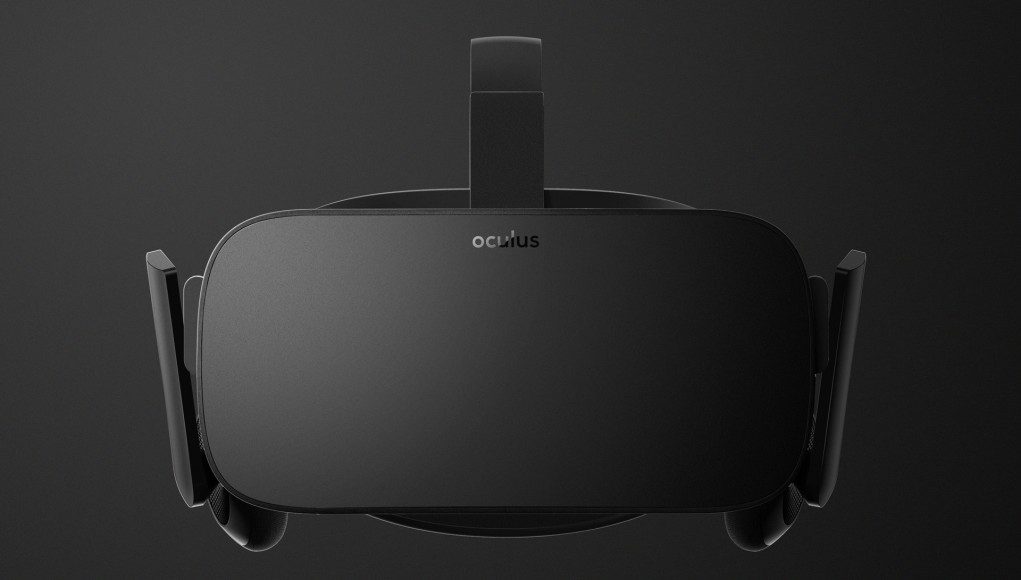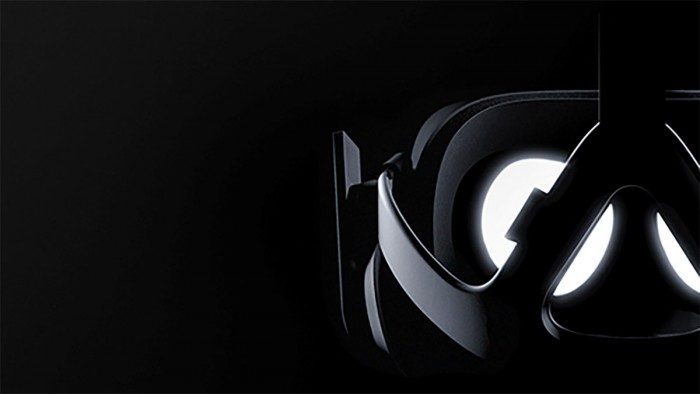Oculus is slowly drip feeding information about the forthcoming consumer launch of the Rift, the so-called CV1. Today the company has revealed the recommended system specifications for users who hope to own the device and confirmed the resolution of the device’s dual displays.
In a post on the company’s official blog, Oculus recommends the following for the “full Rift experience” when the headset ships in Q1 2016:
- NVIDIA GTX 970 / AMD 290 equivalent or greater
- Intel i5-4590 equivalent or greater
- 8GB+ RAM
- Compatible HDMI 1.3 video output
- 2x USB 3.0 ports
- Windows 7 SP1 or newer
“The goal is for all Rift games and applications to deliver a great experience on this configuration. Ultimately, we believe this will be fundamental to VR’s success, as developers can optimize and tune their game for a known specification, consistently achieving presence and simplifying development,” the company says.
Oculus is working on several of its own first-party titles which are apparently being targeted to this configuration.
“All of the games and applications for the Rift created by Oculus will provide an incredible experience on this system,” says the company.
See Also: Oculus Announce Consumer ‘Oculus Rift’ Release Date as Q1 2016
Oculus Chief Architect, Atman Binstock, has a technical writeup explaining the decisions behind these recommended specs.
“Given the challenges around VR graphics performance, the Rift will have a recommended specification to ensure that developers can optimize for a known hardware configuration, which ensures a better player experience of comfortable sustained presence,” he writes.
In the writeup, Binstock confirms the Oculus Rift CV1 resolution:
“…the Rift runs at 2160×1200 at 90Hz split over dual displays, consuming 233 million pixels per second.”
While he surely could be speaking of the Rift Crescent Bay prototype, the post goes on to conclude that “Taking all of this into account, our recommended hardware specification is designed to help developers tackle these challenges and ship great content to all [consumer] Rift users.”
While minimum system requirements may not seem very exciting to the passerby, they’re actually a big deal for Oculus developers as there’s now a solid target specification at which to aim. Enthusiasts and early adopters as well no longer need to guess which specs to upgrade to if they want to be ready for the Oculus Rift.
It also gives a good ballpark for the cost of the hardware that will be required for the first Oculus VR experiences (one that will surely drop as we approach the headset’s Q1 2016 launch). You can find a pre-built gaming computer that meets or exceeds these specs around $1,200, or even cheaper if you’re willing to build your own.
And last but not least, a (small) photo attached to the blog post shows the redesigned back headstrap of the CV1. On the prior Crescent Bay prototype, the back plate contained IR LEDs for the Rift’s positional tracking, though it didn’t have a triangular cutout as shown in the photo. It’s presumed that the IR LEDs are now hidden under the Rift’s plastic shell (as we saw when Oculus moved from the earlier ‘Crystal Cove’ prototype to the then-new DK2).
See Also: Oculus Rift CV1 High Res Photos Suggest a Lighter, More Comfortable Headset








